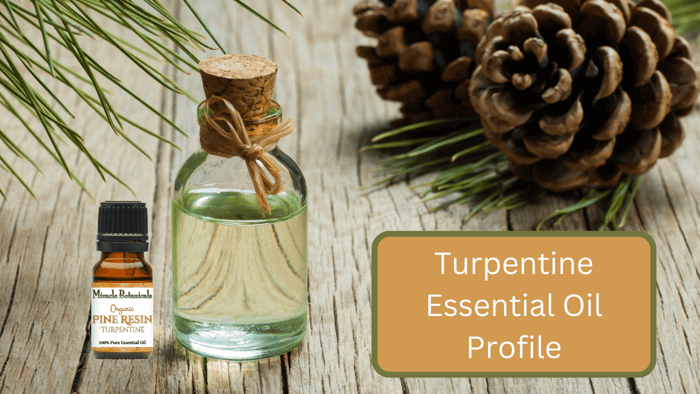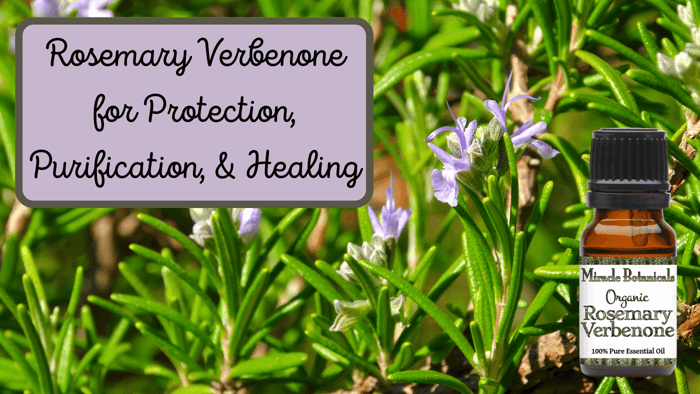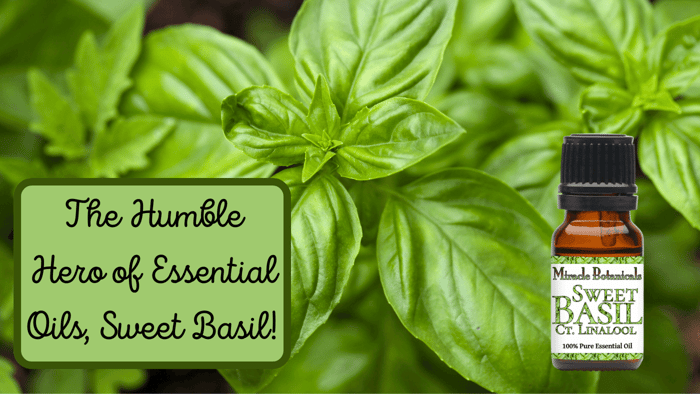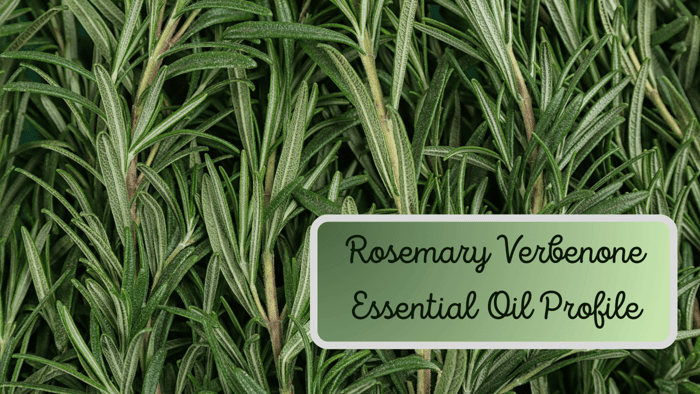In this article, we will explore essential oil of turpentine uses, its benefits, recipes, and more. Turpentine, a substance derived from the resin of pinus pinaster pine trees, has a rich history and a variety of modern uses that go beyond its well-known application as a paint thinner. Its unique properties have found applications in fields as diverse as the arts, medicine, and even household cleaning.
Pine Resin Turpentine Essential Oil - Organic (Pinus Pinaster)
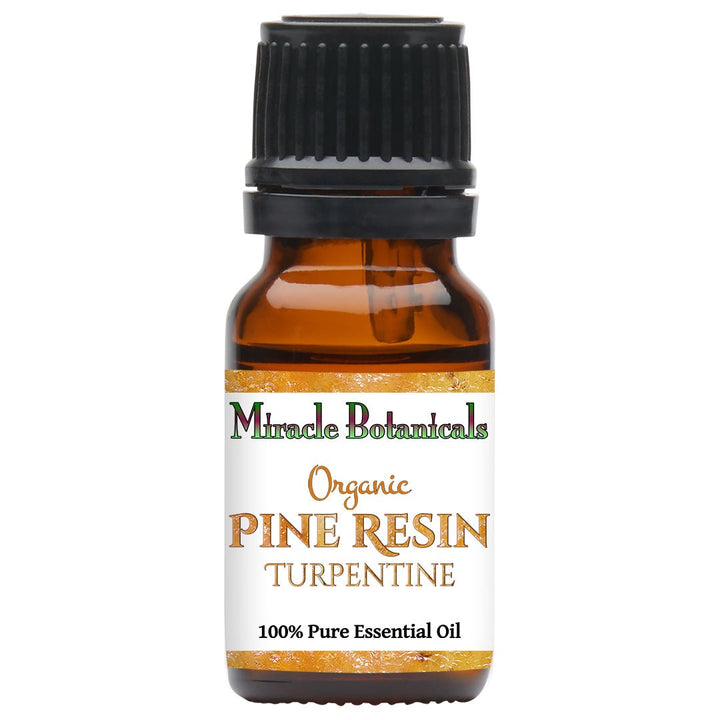
$10.97
Botanical Name: Pinus Pinaster Alternative Names: Turpentine, Maritime Pine or Cluster Pine Plant Part: Resin Method of Extraction: Steam Distilled Country of Origin: Portugal Color/Consistency: Clear with Thin Consistency Aroma: Fresh, Woody, Earthy Perfumery Note: Top Main Chemical Components: alpha-Pinene (70.47%),… read more
History of Turpentine Uses
The Maritime Pine, also known as Pinus pinaster or the Cluster Pine, originates from the South Atlantic Europe area and some portions of the Western Mediterranean. This pine species is renowned for its rapid growth and hardy nature. It produces petite seeds that are uniquely characterized by their large wings.
The resin from this tree has been used since ancient times for its therapeutic properties. Traditional turpentine uses include treating wounds, respiratory conditions, and joint pain. Turpentine oil derived from the resin of Pinus pinaster was widely utilized in traditional medicine and it’s still used today.
What’s The Difference Between Turpentine from The Hardware Store and The Essential Oil?
Industrial turpentine and essential oil turpentine both originate from the same source - the exuded resin of pine trees. However, their processing, composition, and uses differ significantly.
Industrial turpentine, also known as gum turpentine, is obtained through the distillation of the exudate from pine trees. It is a mixture of hydrocarbons rich in α-pinene and β-pinene, with smaller amounts of carene, camphene, dipentene, and terpinolene. This type of turpentine is extensively used in various industries for manufacturing polishes, grinding fluids, paint thinners, resins, degreasing solutions, and more. It's also used in soap and cosmetics, and even added to perfumes, foods, and cleaning agents as a flavoring or fragrance.
On the other hand, essential oil turpentine, often referred to as turpentine oil, is an essential oil extracted by distillation from pine resin. This oil contains terpenes like pinene and terpene alcohols. It's often used in aromatherapy and natural medicine due to its potential health benefits.
It's worth noting that tapping pine trees for their resin to produce these products doesn't cause any damage to the trees themselves.
Technical Information:
- Botanical Name: Pinus pinaster
- Common Name: Maritime Pine
- Family: Pinaceae
- Plant Part Used: Resin
- Color: Clear
- Consistency: Thin
- Extraction Method: Steam Distillation
- Aroma: Fresh, Woody, and Earthy
Chemical Properties and Main Components:
Maritime Pine Essential Oil consists primarily of alpha-pinene and beta-pinene. These constituents are known for their:
- Anti-inflammatory properties: Alpha-pinene and beta-pinene have been found to exhibit anti-inflammatory effects.
- Antiseptic properties: They can help prevent infections and promote wound healing.
- Expectorant properties: They can aid in the expulsion of mucus, making them beneficial for respiratory conditions.
Modern Usefulness of the Oil:
 Today, Maritime Pine Essential Oil is popularly used in aromatherapy for its invigorating and purifying properties. It's also used in natural cleaning products due to its antibacterial and antiviral properties.
Today, Maritime Pine Essential Oil is popularly used in aromatherapy for its invigorating and purifying properties. It's also used in natural cleaning products due to its antibacterial and antiviral properties.
- Respiratory Health: Pinus pinaster aka turpentine essential oil is often used for respiratory issues. It can be beneficial during flu season and for respiratory infections due to its expectorant properties, which can help clear mucus and phlegm from the respiratory tracts.
Pain Relief: The essential oil has been found beneficial for rheumatoid pain and arthritis, potentially providing relief to those dealing with these conditions.
Stress Relief and Air Purification: The essential oil is often used to relieve stress, mask odors, and purify air. Its strong, woody scent can create a calming environment and freshen up indoor spaces.
Wound Healing and Anti-Inflammatory Properties: Experimental studies have shown that P. pinaster (this particular species of pin resin) has remarkable anti-inflammatory and wound healing activities, supporting its traditional use in these areas.
Parasite Cleansing: This oil is traditionally and commonly used as a remedy for ridding the body of parasites.
Aromatherapy: With a fresh, coniferous, resinous, woody, and faintly floral note, the oil is often used in aromatherapy practices for its soothing and uplifting effects.
Recipes for the Maritime Pine Essential Oil:
Blend for Respiratory Relief:
This blend utilizes the scents of several essential oils for a refreshing and invigorating experience. Here's how to make it:
- 12 drops of Pine Resin Essential Oil
- 6 drops of Myrtle essential oil
- 3 drops of Inula essential oil
Mix these oils together and add to a diffuser or a bowl of hot water. Inhale the aroma for a relaxing session.
Multi-Purpose Cleaner:
This cleaner uses the natural cleaning power of essential oils to help your house sparkle. To make it, you'll need:
- 15 drops of Pine Resin essential oil
- 15 drops of Lemon essential oil
Mix these oils with water in a spray bottle, with 2 cups of water. Shake well before each use.
Massage Blend:
This simple massage blend can help with areas affected by tightness or discomfort. You'll need:
- 10 drops of Pine essential oil
- 30 ml (1 oz.) of high-quality carrier oil
Mix the pine oil into the carrier oil, then massage it into the skin.
Associated Chakras:
Maritime Pine Essential Oil is often associated with the root chakra, which is related to feelings of groundedness and stability.
Associated Crystals:
Crystals like black tourmaline and red jasper are often associated with the grounding energy of pine essential oil.
The uses of turpentine from Pinus pinaster are vast and varied, from traditional remedies to modern-day aromatherapy.


